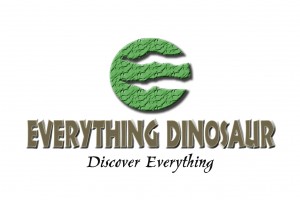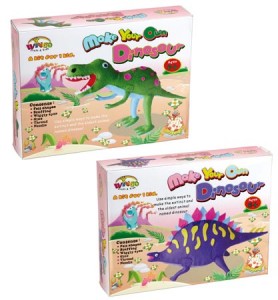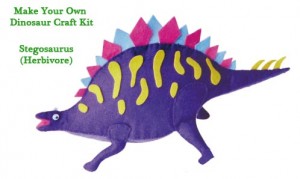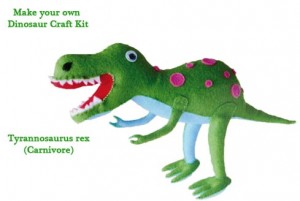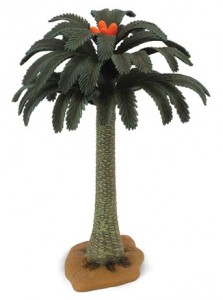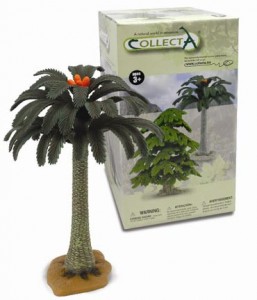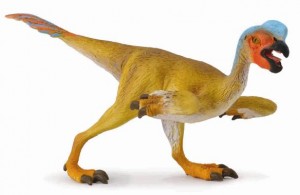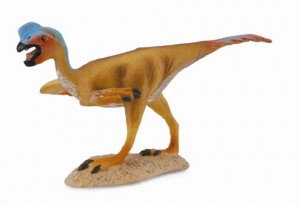Intense Heat in Earth’s Atmosphere Led to Global Forest Fires
There has been much discussion in recent weeks regarding the extraterrestrial impact that occurred approximately 66 million years ago, a probable causal factor in the demise of the dinosaurs, their ultimate extinction and the loss of something like seventy-five percent of all land based organisms. A new study by a team of scientists based at Colorado University – Boulder has concluded that one of the immediate consequences of the impact of an object from outer space on planet Earth, was a global fire-storm.
Chicxulub Impact
Fires would have devastated all the terrestrial vegetation, the smoke and ash from such an immense conflagration would have contributed to a contamination of the Earth’s atmosphere and probably blocked out the sun’s light for a very long period. Any plants that were not burnt to a crisp, or any seeds that germinated after the initial fires would have had very little light with which to photosynthesis. The collapse of the land-based food chains would have followed, once there were no plants, the plant-eaters including herbivorous dinosaurs were doomed.
After a brief period of bounty where the surviving predators could feast on the carcasses of the dead, the meat-eaters too would all be ultimately doomed.
Extinction of the Dinosaurs
Such an apocalyptic picture is presented by researchers from the Co-operative Institute for Research in Environmental Sciences (CIRES) who used sophisticated computer modelling techniques to synthesise the amount of debris that would have been ejected into the atmosphere after the extraterrestrial impact. Scientists remain uncertain as to what exactly collided with the Earth and led to the extinction of the dinosaurs.
In a recent paper, published by a team of researchers from New Hampshire (United States), it was suggested that the actual object that smacked into the Yucatan peninsula of Mexico was a comet and not an asteroid/meteor at all.
To read more about the “Dinosaur Comet Theory”: American Researchers Suggest the Chicxulub Impact Caused by Comet.
Douglas Robertson (CIRES), and his co-authors propose that the ejected material that would have been blown up into and almost beyond the atmosphere by the impact blast would have been heated in the upper atmosphere as it re-entered. The skies would have glowed red for many hours after the impact at temperatures possibly exceeding 2,700 degrees Fahrenheit – cooking any organism that was not able to seek shelter underground. Vegetation would have spontaneously combusted and a global fire-storm resulted.
One of the drawbacks proposed previously for the extensive forest fires theory was the lack of charcoal to be found at the famous K-T boundary, the geological feature that marks the end of the Cretaceous and the beginning of the Palaeogene. If there had been such a fiery inferno created, the vegetation consumed by the flames would have left extensive geological deposits of ash and charcoal. The Colorado University team corrected their data to take into account changing sedimentation rates and when the charcoal data from the K-T boundary was adjusted to take into account these same changing sedimentation rates, the figures showed an excess of charcoal not a deficiency.
A “Smoking Gun”
In essence, this new assessment of the charcoal evidence, sometimes referred to as the “smoking gun” in relation to forest fires, supports the theory of a global fire-storm rather than detracting from it.
Speaking about the scientific paper, which has just been published in the American academic journal the “Journal of Geophysical Research-Biogeosciences”, Douglas Robertson stated:
“Our data show the conditions back then are consistent with widespread fires across the planet. Those conditions resulted in 100 percent extinction rates for about 80 percent of all life on Earth.”
Studies of the 170 kilometre wide Chicxulub crater on the Yucatan peninsula of Mexico have led the majority of scientists to believe that this global catastrophe had an enormous impact on the fauna and flora around at the time. Along with the dinosaurs, marine reptiles, flying reptiles, ammonites, as well as many types of marine plankton, brachiopods, bivalves and sea-urchins became extinct. In terms of plant life, the angiosperms (flowering plants) as a group suffered also but most of the species affected and ultimately caused to become extinct were associated with land masses to be found in the northern hemisphere.
Recently, an analysis of the geophysical evidence at the Yucatan site enabled scientists to come up with the most accurate date yet for the extraterrestrial impact. A team of international researchers, including scientists from Holland, the United States and Great Britain established the date of the impact event to be around 66,038,000 years ago, plus or minus 11,000 years for a margin of error.
Immediately following the impact, the explosion would have sent up millions of tonnes of vaporised rock. This would then have condensed into sand-grain-sized spheres as they rose up into the upper atmosphere. As the ejected material began to fall back down to Earth under the influence of gravity, enough heat energy was retained in the atmosphere to create an infrared “heat pulse”, so hot that the sky would have glowed red for many hours, not that there was much alive bigger than a small dog on the land to see it.
Radiated Heat Energy
Part of the radiated heat energy would have been blocked, firstly by the falling material in the atmosphere and secondly from the ash and smoke that would have been ascending from the fires. Even with some of the “heat pulse” effectively being blocked out and not reaching the surface of the Earth, there was enough heat energy getting to ground level to cause dry materials such as leaves and pine needles to explode into flames.
To read more about the latest impact dating research: Most Accurate Date for Extraterrestrial Impact.
The American team then set out to calculate just how much energy would have been generated by the infrared radiation. They calculate that the total amount of infrared heat was equal to a one megaton hydrogen bomb exploding every four miles over the entire surface of the planet. A one megaton hydrogen bomb has the explosive power of about eighty Hiroshima-type nuclear devices. The scientists postulated that the extraterrestrial impact generated about one hundred million megatons of energy.
The layer of soot, which can be found at the K-T boundary (the geological feature that marks the end of the Cretaceous), is thought by some scientists, to be evidence of the actual impact. However, this new research paper suggests that the sooty layer is too deep to have been created solely by the impact event. The thickness of the sooty layer, according to the researchers, is consistent with great fires that would have engulfed much of the Earth in the aftermath of the collision.
For models and figures of Late Cretaceous dinosaurs and pterosaurs, take a look at the models section of Everything Dinosaur’s award-winning website: Dinosaur, Pterosaur and Prehistoric Animal Models.



